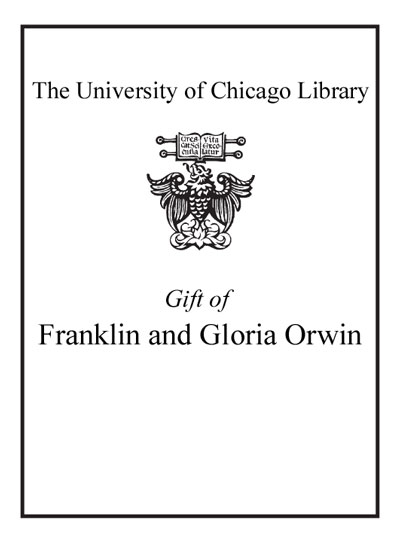Review by Choice Review
Behr (Old Dominion) presents a theoretical, highly quantitative analysis of local dynamics relative to the election of Hispanics and blacks to explain the extent of adopting minority-opportunity districts at the municipal level. Model variables include system aptitude, proportion of minority-opportunity districts, minority presence in city elected offices, political tenability, vested and divested advocacy, federal preclearance, court intervention, resource disparity, partisan elections, and population density. Differences found in adoption of majority-minority districts in Hispanic and black cities are explained as a function of the respective civil rights struggles of these groups. Federal oversight at the local level is shown to be limited. Policy implications regarding Hispanics speak to the issues of voting-age population and community wealth. Probabilities for election of Hispanics or blacks are not necessarily dependent on their share of voting-age population or maintaining current levels of over- or underrepresentation. A surprising finding is the extent to which blacks are successful at the polls in districts without majority-minority populations. Appropriate case law is considered as to whether policy makers can consider race for political purposes. Questions of the relationship between minority electoral success and influence on the legislative process are also considered. Useful chapter notes, author and subject indexes, and impressive bibliography. ^BSumming Up: Recommended. Researchers/faculty, professionals/practitioners, and policy makers. A. A. Sisneros University of Illinois at Springfield
Copyright American Library Association, used with permission.
Review by Choice Review

